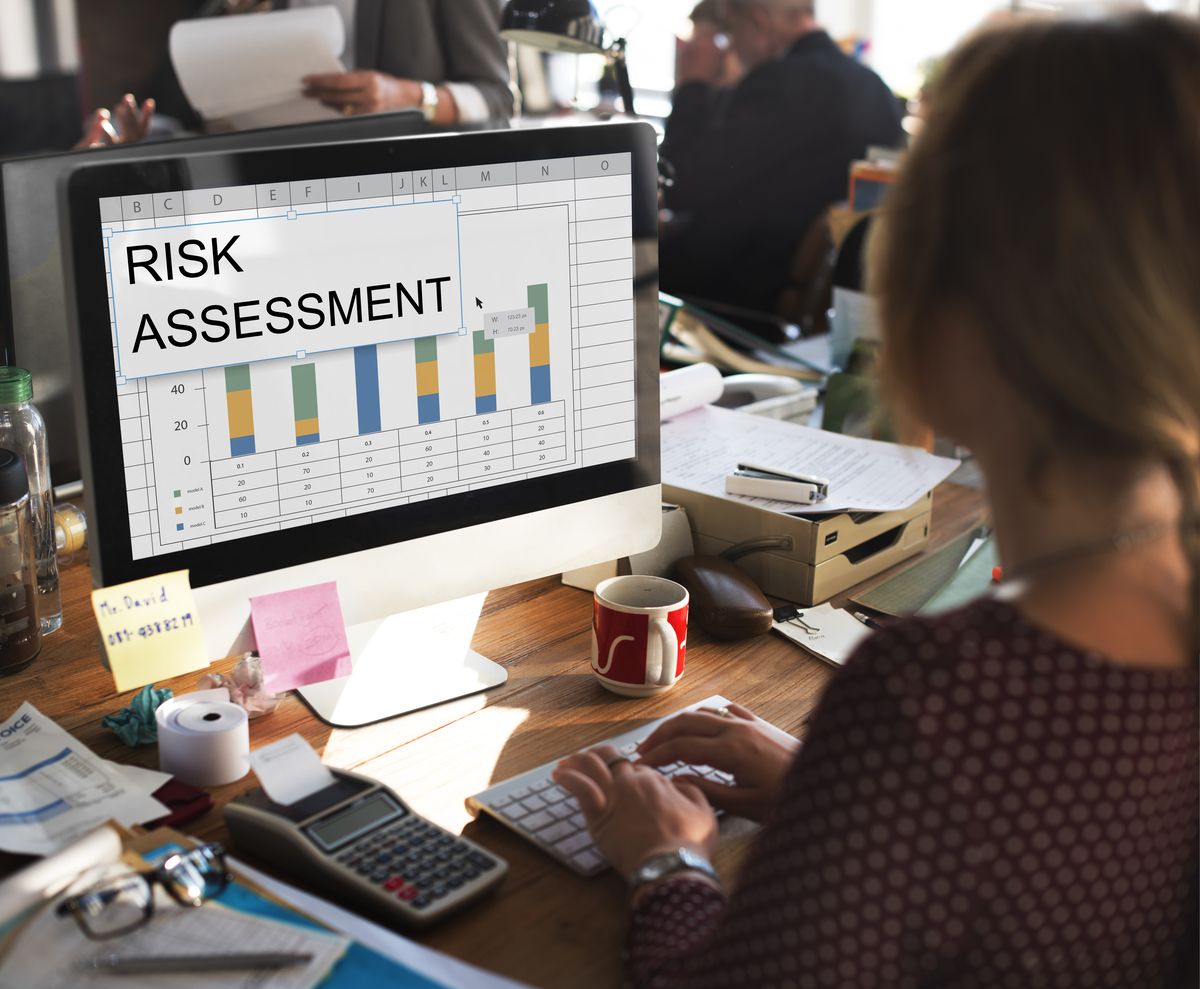Effective risk management is still a top priority for construction companies in 2025 as they take on more complicated projects. Construction organizations must manage changing regulatory standards and complex project structures, which pose hazards to their finances, operations, and safety. Construction teams now have access to a thorough, data-driven method of risk management with Project Information Modeling (PIM), which is quickly becoming recognized as a revolutionary tool in risk management.
Design, scheduling, cost prediction, and resource management are all integrated into a single system through risk management with PIM, enabling improved communication and real-time updates. By preventing costly mistakes and enhancing project outcomes, this proactive strategy assists in identifying potential risks early in the project lifecycle, such as design disagreements, budget overruns, or resource shortages. In this article, we’ll look at how Project Information Modeling is changing risk management in the construction industry, as well as its main advantages, implementation difficulties, and workable solutions.
Table of Contents
Risk Management’s Function in Construction Projects
In the construction industry, risk management is essential due to the many factors that might cause delays, overspending, accidents, and legal problems. By anticipating possible issues, teams may create mitigation plans before they arise thanks to effective risk management. Construction risk management was formerly done using labor-intensive, error-prone manual procedures. Risk management with PIM offers a more efficient, automated solution.
How Risk Management Is Improved by PIM
PIM unifies resource management, scheduling, budgeting, and design into a single digital platform for construction projects. All parties involved can now access real-time data in a collaborative setting. Risk management with PIM is particularly beneficial in the following areas:
- Scheduling: Project schedule optimization is achieved by Project Information Modeling, which dynamically modifies timelines in response to modifications in project scope. This helps teams stay on schedule and makes sure resources are employed effectively.
- Clash Detection: PIM automates the early detection of conflicts between structural, mechanical, and architectural systems during the design phase. This lessens the need for expensive rework and delays.
- Budget Control: Construction project managers can lower the risk of budget overruns by monitoring spending against the budget with the use of PIM’s real-time cost tracking and predictive analytics.

Effective Techniques of Risk Management with PIM
The following structured strategy is recommended for construction firms to properly apply PIM for risk management:
Tailor Risk Management Processes
Since every construction project is different, Project Information Modeling processes should be tailored to the project’s particular risks. Large infrastructure projects, for instance, could need to devote greater attention to collision detection, whereas smaller projects might put cost control first.
Gradual Implementation
To begin with, apply PIM to smaller projects or certain areas within a bigger project. This enables teams to acquaint themselves with the platform before increasing its usage.
Monitor and Adapt
After implementing Project Information Modeling, it’s critical to keep an eye on the system’s performance and make any necessary modifications. This guarantees that the system adapts to the project’s needs and stays in line with them as they change.
Extensive Training
Make regular training programs an investment to guarantee that all team members, from project managers to on-site employees, are proficient in using risk management with PIM.
The Advantages of Risk Management with PIM
Using PIM in risk management has a number of important advantages.
- Cost-effectiveness: Project Information Modeling eliminates the need for manual operations by streamlining project management duties through automation and data integration. This effectiveness results in less expenses, fewer hold-ups, and less rework.
- Proactive Risk Identification: Early in the project lifecycle, construction teams can detect possible issues thanks to PIM. These hazards, which can include disagreements in design, a lack of resources, or financial constraints, can be resolved before they become more serious.
- Data-Driven Decisions: PIM gives project managers actionable insights by combining enormous volumes of project data, enabling them to make well-informed, data-driven decisions. These insights are very helpful in risk management and project success.
- Enhanced Cooperation: PIM creates an environment that is more cooperative by giving all parties involved access to the same real-time project data. By being transparent, all parties are able to minimize the possibility of misunderstandings and guarantee agreement on project objectives and schedules.
Suggested article to read: 10 Types of Risk Management Strategies in 2025
Challenges of Risk Management with PIM
Although PIM maximizes risk management, construction companies still face a number of obstacles to overcome:
- Initial Costs: The cost of software, hardware, and staff training can all be significant upfront expenditures associated with implementing Project Information Modeling. While the long-term benefits are enormous, smaller enterprises may find the early expenses exorbitant.
- Learning Curve: Team members must undergo extensive training in order to switch from conventional risk management techniques to PIM. Staff members might need some time to completely embrace and master the PIM platform.
- Complex Integration: For project management, design, and resource tracking, many construction companies still use a variety of old technologies. These system integrations with PIM can be difficult and time-consuming.
The Future of Risk Management with PIM
PIM is anticipated to become more crucial to risk management as the construction industry embraces digital transformation. PIM’s capabilities could be further enhanced by emerging technologies like artificial intelligence (AI) and machine learning in construction (ML), which offer predictive analytics that identify dangers before they even materialize.
Furthermore, real-time data access from any location will be possible with cloud-based PIM applications, enhancing teamwork between geographically separated groups. Construction companies who invest in PIM systems will be better able to control risks in more complicated projects as these systems grow more advanced.

Conclusion
Effective risk management is crucial to the successful completion of projects in the fast-paced construction business. Risk management with PIM offers a powerful, automated reach that helps construction teams recognize and reduce risks early in the project lifecycle. PIM facilitates improved decision-making, increases efficiency, and fosters collaboration by automating processes including budgeting, scheduling, and clash detection.
The advantages of PIM significantly exceed the drawbacks, even with regard to the early expenses and learning curve. PIM is a vital tool for construction companies because it increases project outcomes, identifies risks proactively, and provides data-driven insights. PIM will continue to transform risk management in the business as technology advances, assisting teams in finishing projects on schedule, within budget, and with fewer hazards.
FAQs
How does PIM Improve Risk Management in Construction?
- Answer: By centralizing project data and automating tasks like scheduling, budgeting, and clash detection, PIM enables teams to recognize and reduce risks before they become serious ones.
What are the Benefits of Risk Management with PIM?
- Answer: Better teamwork, cost effectiveness, early risk detection, and data-driven decision-making are some of the main advantages.
What are the Challenges of Implementing PIM for Risk Management?
- Answer: Typical implementation problems for PIM include upfront expenses, integrating with current systems, and overcoming the learning curve.
How does PIM Help with Cost Management in Construction Projects?
- Answer: PIM helps teams stay under budget and lower the risk of cost overruns by tracking expenses in real-time and using predictive insights.
What Future Advancements are Expected in Risk Management with PIM?
- Answer: Predictive analytics powered by AI and cloud-based platforms for real-time, international collaboration are examples of future developments that will improve risk management even more.
Suggested article for reading:
PIM vs. BIM: Key Differences and Benefits for Modern Construction in 2025
IIoT Technology: Top 7 Sustainable Practices It Enables
Top 23 Famous Women Architects in World; 2025 Review
Case Study: Top 4 Eco-Friendly Smart Building Construction Projects
Top 5 Construction Waste Management Software Solutions for 2025
Top 7 Reusable Materials in Construction; 2025 Review
Resilient Construction; 2025 Guide
Resources:
McKinsey & Company | CIOB | Autodesk | ScienceDirect
Books and Articles:
Eastman et al., 2011; Hardin & McCool, 2020; Autodesk, 2023
For all the pictures: Freepik



